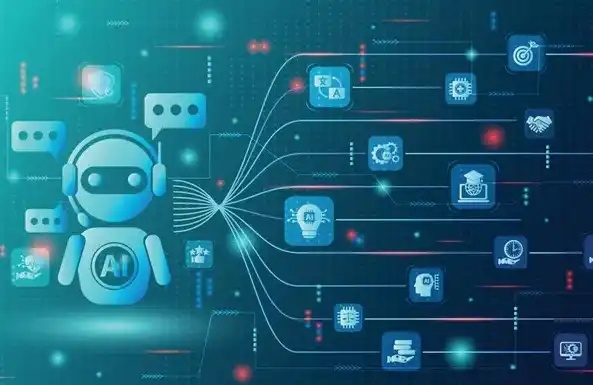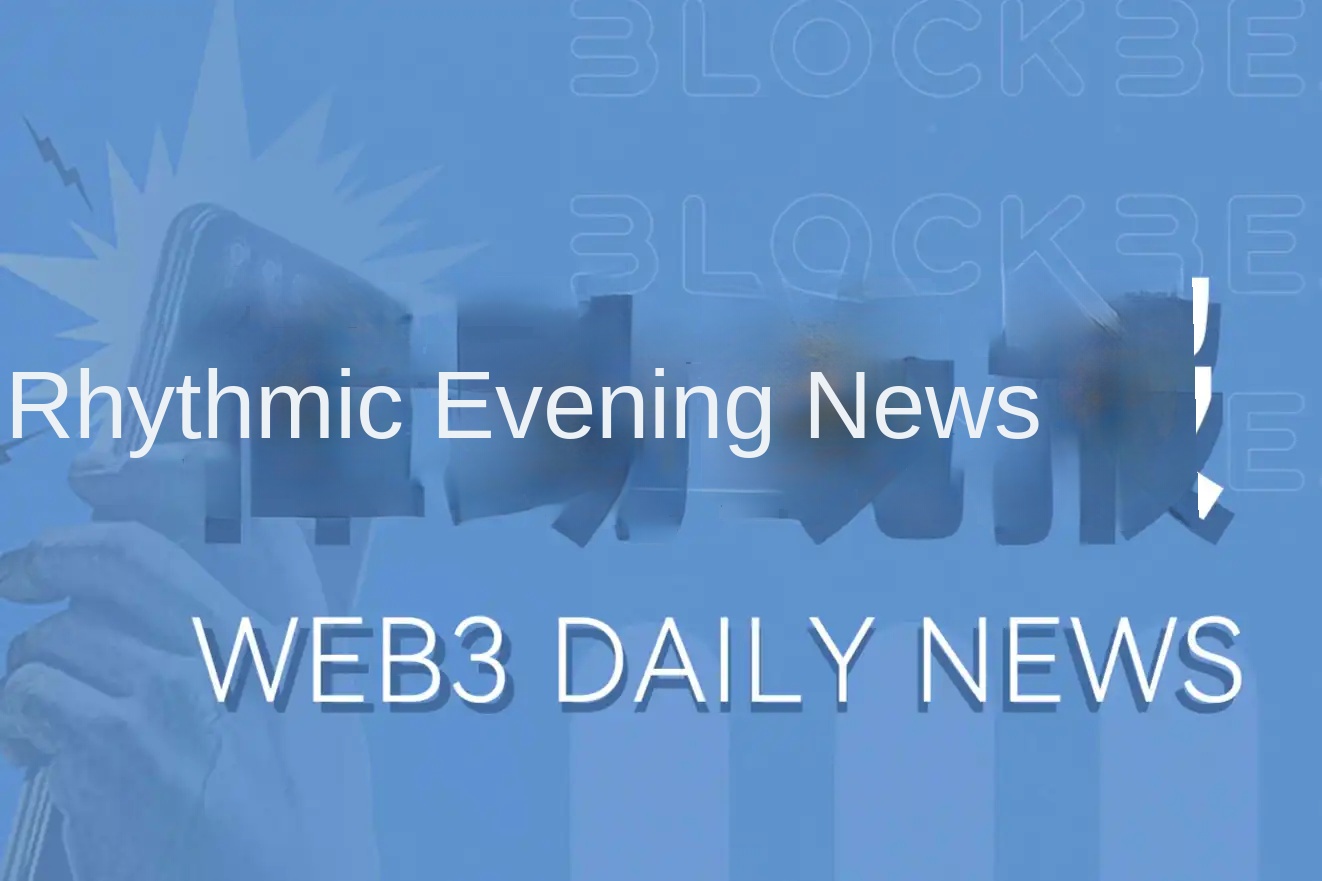2025 Agentic Finance Ecosystem Landscape
The writing team includes Lincoln Murr (Coinbase), Stefano Bury (Virtuals), Rishin Sharma (Solana), Pilar Rodriguez (The Graph), David Mehi (Google Cloud), and Cambrian members Ariel, Brian, Doug, Jason, Ricky, and Tumay
Agentic Finance is reaching a critical inflection point, holding immense economic potential for those leveraging smart agents to enhance their financial behavior. AI agents are a class of autonomous tools with data analysis, decision-making, and transaction execution capabilities, with varying degrees of human involvement. Currently, these agent tools are being opened up to the public, gradually challenging the long-standing dominance of Wall Street and its high-frequency algorithms in the financial system.
This article focuses on the retail-end application of agent-based finance in Decentralized Finance (DeFi), comprehensively reviewing live projects that focus on providing services to individual users through automated agents. To achieve this, the project team conducted extensive research and interviews with dozens of teams in the industry, ultimately compiling a rigorously curated list of active projects, categorized by product type, and annotated with representative products in each category.
Agent-based finance is driving the cryptocurrency industry towards maturity, offering real-time information, professional-grade advice, and optimizing user experience, making ordinary users' participation in DeFi more efficient and reliable. Here is a structured overview of the current ecosystem:

What is Agentic Finance (AgentFi)?
Agentic Finance refers to an emerging financial product category that revolves around actively managing user funds using AI or machine learning or providing personalized financial advice. Some products leverage Large Language Models (LLMs) for interaction and analysis, while others rely on rule engines or traditional machine learning algorithms. Despite the diverse underlying technological paths, they commonly self-identify as "agentic" class products.

Currently, Agentic Finance is in its innovator stage, still at the starting point of the early adoption curve. Soon, various agents and AI assistants will dominate financial activities. Source: Ramp
However, it can be foreseen that in the near future, professionals such as traders, asset managers, financial analysts, and others will all enhance their efficiency using specialized smart agent tools. Meanwhile, automated agent versions targeting ordinary users will also be introduced simultaneously. This trend is already beginning to emerge: for example, on the Solana network, automated trading bots now account for over half of the trading volume¹.
Autonomy vs. Intelligence: The Capability Coordinate System of AgentFi

Various Agentic projects are positioned on the "Autonomy - Intelligence" coordinate system based on their service scenarios and technological capabilities.
The horizontal axis represents the level of intelligence: the left side consists of tools based on rules and statistical models, the middle involves traditional machine learning models, and the right side encompasses advanced intelligence based on Large Language Models (LLM) or its subsequent technologies;
The vertical axis represents the level of autonomy: the bottom is for "advisory agents" that only provide recommendations and analysis, the top is for "fully automated agents" with complete authority for decision-making and execution, and the middle is a "Human-in-the-loop" hybrid architecture.
When it comes to Agentic Finance, many people may think of "invisible robots" capable of automatic trading and independent portfolio management, or advanced LLM systems. However, in reality, such systems have not yet been deployed on a large scale, primarily due to the instability of LLM. For example, LLM may still produce "hallucinations" of false information, and it was only recently able to perform basic counting tasks (such as counting the number of 'r's in 'strawberry'). Currently, most agents only use LLM for human-machine interfaces or data analysis layers, while the fund management aspect still heavily relies on mature statistical models or machine learning algorithms that have been used in the traditional finance (TradFi) field for decades.
Looking at the development trajectory of LLM, its weaknesses in handling digital and logical reasoning have historical roots—it was originally designed for language prediction. However, this situation is rapidly changing. For instance, Anthropic has introduced financial products adopted by institutions, and OpenAI has trained models competitive in the International Mathematical Olympiad.
2025 Agentic Finance Project Landscape
Below is a list of currently launched Agentic projects with fund management capabilities that are open to users. Projects in the development or internal testing phases are not included, and products that solely use LLM as an interface but require manual user decisions have been excluded, thus leaving out many projects from this round of assessment.
Transaction and Asset Management Agents
Transaction agents are the most commonly associated agents in financial products. These agents manage user funds through automatic rebalancing or asset buying and selling. To enable automated trading, agent systems typically require components such as trading permissions, asset access, budget management, preset strategies, and high-quality data. Below is a list of projects that currently support one or more of these functionalities:

According to a recent vote initiated by Cambrian on the X platform, most users have shown a high interest in high-risk trading agents.


Liquidity Provider (LP) Agents
Decentralized Exchanges (DEX) rely on third-party Liquidity Providers (LPs) to supply tradable assets, with the fees paid by traders going to the LPs. LPs' earnings depend on various factors, including impermanent loss, trading volume, DEX protocol incentives, and more. The following agent tools can help LPs identify the optimal liquidity provisioning path:

Lending Agents
In the cryptocurrency market, users can earn interest by providing assets to borrowers. When deciding whether to participate in a lending protocol, lending agents typically need to evaluate factors such as yield, risk exposure, and opportunity cost. Below are some of the lending agent projects that have been launched:

Prediction and Betting Agents
Prediction markets allow users to bet on the outcome of future events, such as elections or sports events. These markets often rely on real-time tracking of news or real-world information, which can change rapidly. Prediction markets naturally align with agent-based participation mechanisms, and Vitalik Buterin also emphasizes this in his proposed concept of Information Finance (InfoFi).

Sentiment, Fundamental, News, and Technical Analysis Agents
Investors usually rely on market analysis to determine "what to buy" and use sentiment analysis to decide "when to buy or sell." In this type of analysis, LLM demonstrates its transformative value by not only significantly expanding the scale and speed of analyzable data but also enhancing contextual understanding. By identifying correlations between data sources, it provides a more comprehensive insight.
Unlike execution-based agents, which facilitate actual trades, analysis agents only offer informational support and do not directly execute operations. Below are some representative projects in this category:

It is worth noting that the Agentic Finance ecosystem is rapidly evolving, with existing projects continuously expanding their business boundaries. For example, products currently classified as lending agents may in the future extend into areas such as liquidity management.
Future Trends of Agentic Finance
The growth of on-chain assets continues, with on-chain stablecoin trading volumes reaching new highs, and traditional fintech companies are integrating with on-chain infrastructure. For instance, Robinhood recently launched a U.S. stock tokenization service, enabling 24/7 on-chain trading accessible to global investors.
The crypto industry is gradually moving beyond the "speculative trading" narrative towards broader applications encompassing investment functions.
However, for many users, participating successfully in DeFi still presents significant hurdles. This is where agent-based products come in: they are poised to significantly enhance usability and profitability, becoming a key driver of DeFi adoption.
Agentic Finance is a novel market segment, and the tools mentioned above represent initial attempts in both TradFi and DeFi. Some early projects may not fully realize their vision, but the overall ecosystem will continue to mature. Ultimately, using agents will become the mainstream method of financial participation, and those users who take the initial step into "agent-based finance" early on are more likely to achieve long-term gains.
Furthermore, as developers continue to deliver stable returns, user focus on agent strategy details will decrease, and agents may further integrate multiple capabilities in the future (such as simultaneously managing trades and LP positions) to enhance complexity and efficiency.
Future Focus Areas
Future exploration may delve into the following related topics:
Agent-to-Agent (A2A) Communication and Payment Mechanism
Agent Infrastructure and Development Framework
Data Infrastructure and On-Chain Indexer
On-Chain Identity Management
Agent Issuance Platform and Marketplace
Privacy and Verifiability
Financial Modeling and Simulation Systems
About the Author
Sam Green, Founder of Cambrian Network, focuses on building a financial intelligence layer for agent-centric systems. Previously co-founder and CTO of Semiotic Labs, leading AI and verifiability research for The Graph; also involved in the development of the Odos trading platform (with a total transaction volume of $1 trillion, serving over 3 million users). Formerly an AI and cryptography researcher at Sandia National Labs, holds a Master's degree in Applied Mathematics, and a Ph.D. in Computer Science from the University of California, Santa Barbara.
About Cambrian
Cambrian is an agent-centric on-chain financial intelligence layer, whose API provides real-time and historical blockchain data, serving Agentic DeFi applications. Data covers yield, liquidity positions, risk exposure, whale dynamics, market sentiment, and standard DeFi metrics, aiming to provide verifiable financial insights.
For more information, visit: https://www.cambrian.ai
This article is contributed content and does not represent the views of BlockBeats
Welcome to join the official BlockBeats community:
Telegram Subscription Group: https://t.me/theblockbeats
Telegram Discussion Group: https://t.me/BlockBeats_App
Official Twitter Account: https://twitter.com/BlockBeatsAsia
 Forum
Forum

 Finance
Finance
 Specials
Specials
 On-chain Eco
On-chain Eco
 Entry
Entry
 Podcasts
Podcasts
 Activities
Activities
 OPRR
OPRR








